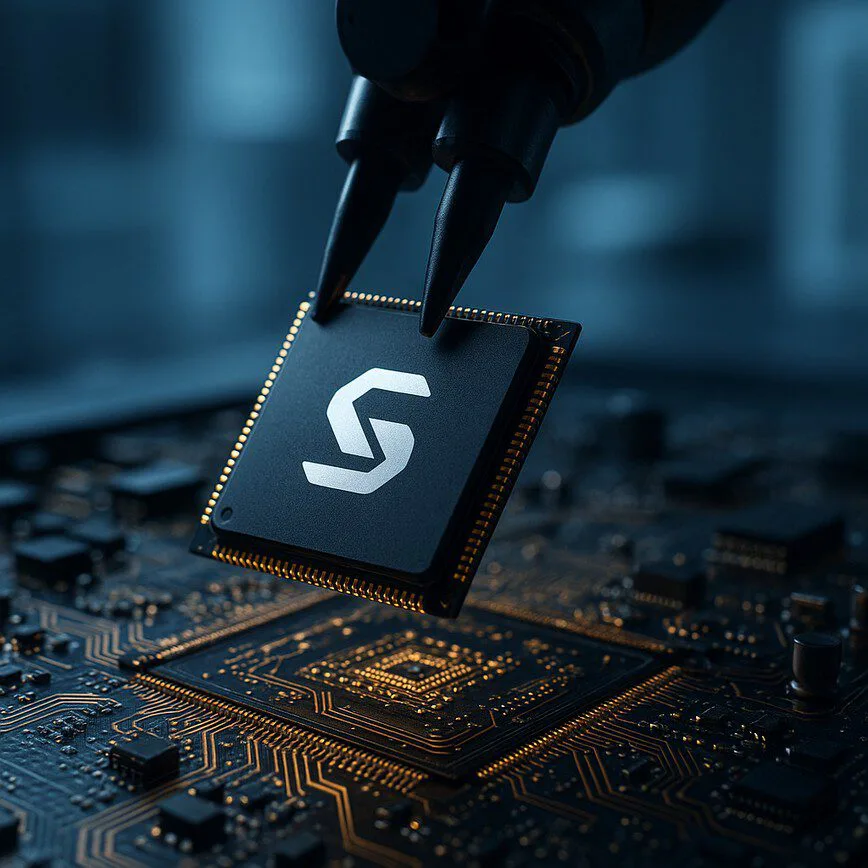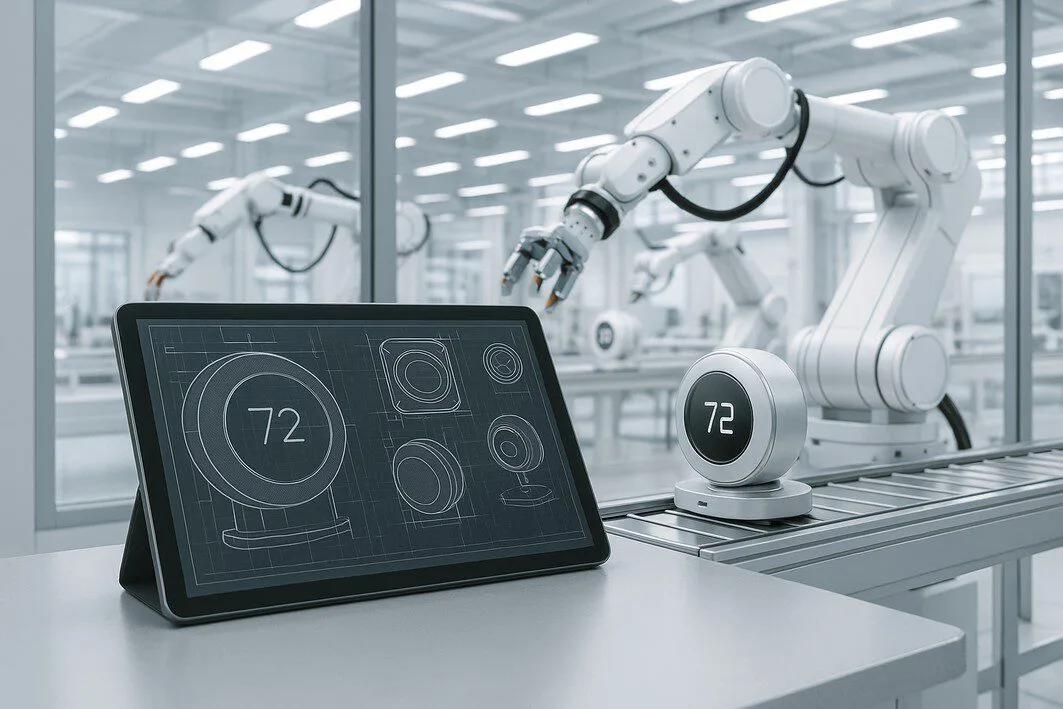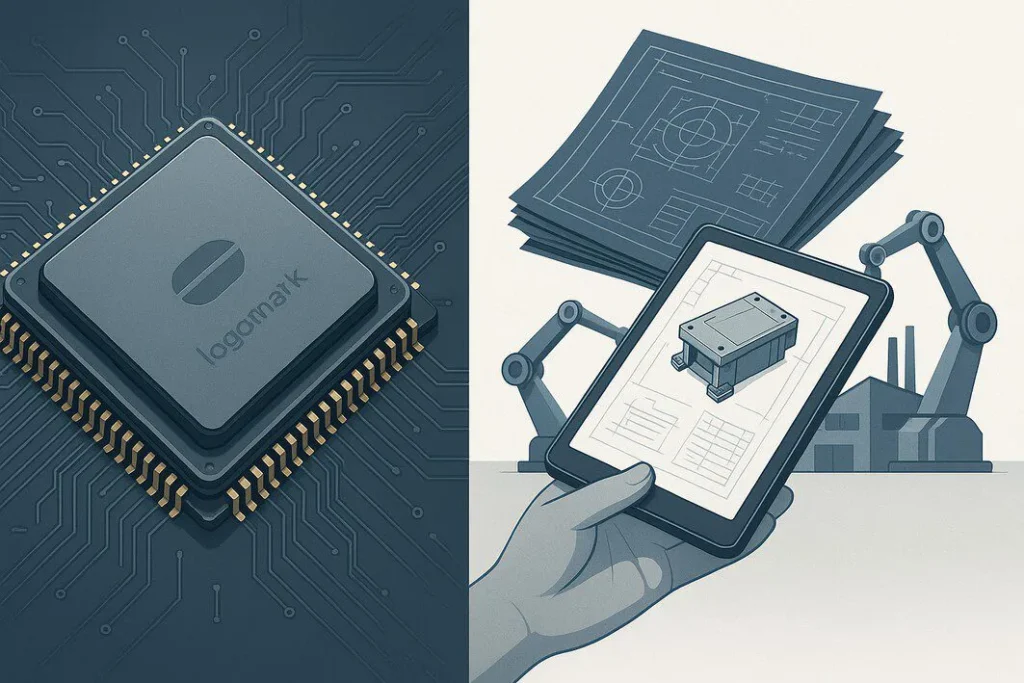In the complex world of product development and supply chain management, the terminology can often be as intricate as the engineering itself. For experts navigating production strategies, understanding the fundamental differences between manufacturing models is crucial for success. The oem vs contract manufacturing debate is at the heart of this, representing two distinct approaches to bringing a product to market. This guide provides a clear, expert-level comparison to help you distinguish between these critical roles and make the most strategic decision for your business.
Table of Contents
What is an Original Equipment Manufacturer (OEM)?

An Original Equipment Manufacturer (OEM) is a company that produces parts, components, or systems that are then used in another company’s end product. The OEM typically designs, engineers, and manufactures these components based on their own specifications and owns the intellectual property (IP) associated with them.
Think of the relationship between Intel and a laptop company like Dell. Intel (the OEM) designs and manufactures processors. Dell then purchases these processors and integrates them into their laptops. While the final product carries the Dell brand, the critical component inside is often advertised with the OEM’s brand, such as the classic “Intel Inside” sticker. The OEM’s business model is centered on creating high-quality, standardized, or customizable components for other manufacturers to use.
What is Contract Manufacturing (CM)?
Contract Manufacturing (CM) is a form of outsourcing where a company (the client) hires another firm (the contract manufacturer) to produce its products on its behalf. In this model, the client company provides the design, product specifications, and intellectual property. The contract manufacturer’s role is to execute that design, managing the sourcing, assembly, and production processes.
The term cmo contract manufacturing (Contract Manufacturing Organization) is often used interchangeably, particularly in specialized fields like pharmaceuticals and medical devices, but the core principle remains the same. The CM is a production partner, hired to bring the client’s unique vision to life without claiming any ownership over the product’s design or IP. The final product is branded exclusively with the client company’s name, and the CM’s involvement is typically invisible to the end consumer.
The Core Differences: OEM vs. Contract Manufacturing
While both models involve one company manufacturing something for another, their roles, responsibilities, and relationship dynamics are fundamentally different.
Design and Intellectual Property (IP)
- OEM: Owns the design and IP for the component they produce. They are selling a product (a component) to another business.
- Contract Manufacturer: Does not own the product design. The client company retains full ownership of the IP, bill of materials (BOM), and all specifications. The CM is providing a service (manufacturing). Protecting client IP is a cornerstone of a reputable CM partnership.
Branding and Final Product
- OEM: The OEM’s brand may be visible on the final product, often used as a co-branding element to signify quality (e.g., “Bose sound system” in a car).
- Contract Manufacturer: The CM’s identity is hidden. The product is branded solely as the client’s. The end customer has no idea who physically assembled the product.
Business Relationship
- OEM: The relationship is a B2B transaction, similar to a supplier-customer dynamic. You are buying a product off their line sheet.
- Contract Manufacturer: The relationship is a strategic partnership. The CM acts as an extension of the client’s own operations, deeply integrated into their supply chain.
A Practical Contract Manufacturer Example

To clarify the CM model, consider this scenario:
A brilliant tech startup designs an innovative new smart thermostat with proprietary software and a unique industrial design. They have the complete design files, schematics, and a working prototype, but they lack the factory, equipment, and expertise for mass production.
Instead of investing millions in building a factory, they hire a contract manufacturer. The startup provides the CM with all the design files and specifications. The CM then uses its expertise and infrastructure to:
- Source all the necessary raw materials and electronic components.
- Manufacture the printed circuit boards (PCBs).
- Assemble the final product.
- Conduct quality assurance testing.
- Package the thermostats and ship them to the startup’s distribution center.
This is a perfect contract manufacturer example. The startup maintains full control over its brand and IP while leveraging the CM’s production power. For businesses looking to scale, partnering with a firm that provides comprehensive contract manufacturing services is often the most efficient path from prototype to market.
How Does Private Label Manufacturing Fit In?
It’s easy to confuse private label manufacturing with contract manufacturing, but there’s a key distinction. Private labeling is a service where a manufacturer produces a generic product from their existing catalog that multiple clients can then brand as their own.
For example, a supermarket chain wants to sell its own brand of coffee. It approaches a large coffee roaster (the private label manufacturer) and chooses one of their existing bean blends. The roaster packages that blend into bags with the supermarket’s branding. The supermarket didn’t design the coffee blend; they simply selected an existing product to label as their own.
In contrast, a true contract manufacturing client comes to the table with a unique, proprietary design that the CM is hired to produce exclusively for them.
Making the Right Choice for Your Business
Choosing the right manufacturing model is a critical strategic decision.
- You engage with an OEM when you need a specific, pre-existing component to integrate into a larger product you are designing and building.
- You partner with a Contract Manufacturer when you have a complete, unique product design and need an expert partner to handle the complexities of production for you.
When selecting a contract manufacturer, it’s vital to choose a partner that acts as a true extension of your team. Look for firms that offer turnkey solutions—from initial design review to final logistics—to streamline your operations. A partnership built on a foundation of trust, clear communication, and an unwavering commitment to quality is essential for protecting your intellectual property and ensuring your product meets the highest standards.
Ultimately, the oem vs contract manufacturing decision comes down to what you are creating. Are you buying a piece of the puzzle, or are you hiring an expert to assemble your puzzle for you? Answering that question will put you on the right path to manufacturing success.

